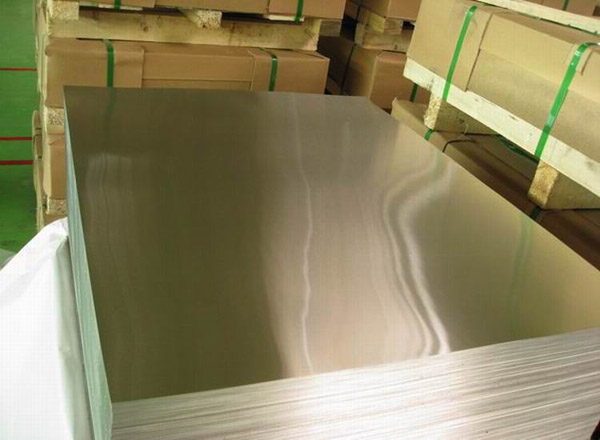Aluminum Plate and Sheet
Writer:Admin Time:Quick Read
When aluminum is passed between rolls under pressure, it becomes thinner and longer in the direction in which it is moving. This simple process is the basis for producing aluminum plate, sheet and foil. Sheet, the most widely used form of industrial aluminum, is used in applications including aerospace (the skins of planes), transportation (auto body sheet), packaging (can bodies and ends) and construction (building facades).
Aluminum Plate and Sheet 101
Sheet and plate can be recycled continuously
Sheet and plate aluminum can be recycled continuously without loss of properties. Recycling sheet and plate aluminum saves more than 90 percent of the energy otherwise required to produce primary aluminum.
Highest performance standards in armor
Military-grade aluminum armor plate meets the U.S. military’s highest performance standards. Aluminum armor can deflect a .50-caliber round that would pierce other materials.
The "gauge" of aluminum sheet and foil
Aluminum from 0.008 inches to less than 0.25 inches thick is considered sheet. Thinner aluminum is foil and aluminum 0.250 inches and thicker is plate.
The colder, the stronger
Aluminum plate is used for storage tanks in many industries in part because some aluminum alloys gain strength at supercold temperatures.
Producing aluminum plate
Rolling begins with preheated sheet ingots that can weigh more than 20 tons. As the size of rolling mills has increased, so has the size of these ingots, but a typical ingot is approximately 6 feet wide, 20 feet long and more than 2 feet thick. The ingot is first heated to rolling temperature and fed into a breakdown mill, where it is rolled back and forth until the thickness has been reduced to just a few inches. The slab can be subsequently cold rolled or may be heat-treated to increase its strength. The highest strength alloys are heat treated and rapidly cooled to room temperature, after which they are stretched to straighten and relieve internal stress built up during rolling and heat-treating. They are aged naturally at room temperature or artificially aged in a furnace to develop the desired combination of strength and corrosion resistance. Finally, the plate is trimmed to final size. Plates produced in this manner may be used at full thickness, but are often machined into a variety of simple to complex shapes.

From plate to sheet and aluminum foil
The production of sheet or foil usually starts out the same way as plate but the slab is further rolled through a continuous mill to reduce thickness and wound into a coil at the end of the line. These coils are subsequently cold rolled, from one to several passes at cold rolling mills. Coils may be heated in a furnace to soften it for further cold rolling or produce the desired mechanical properties. Cold rolling is the last step for some sheet, but other types (referred to as heat-treatable) are subjected to further elevated-temperature processing to increase their strength.
Some sheet and foil products may also be produced using the continuous casting process in which molten metal enters the caster, which produces a hot rolled coil, thus bypassing the ingot casting and hot rolling steps.
Aluminum plate applications
Plate is used in heavy-duty applications such as those found in the aerospace, military and transportation product manufacturing. Aluminum plate, machined to shape, forms the skins of jets and spacecraft fuel tanks. It is used for storage tanks in many industries, in part because some aluminum alloys become tougher at supercold temperatures. This property is especially useful in holding cryogenic (very-low-temperature) materials. Plate is also used to manufacture structural sections for railcars and ships, as well as armor for military vehicles.
Aluminum sheet applications
Sheet, the most widely used form of aluminum, is found in all of the aluminum industry’s major markets. In packaging, sheet is used to manufacture cans and packages. In transportation, aluminum sheet is used to manufacture panels for automobile bodies and tractor trailers. Sheet is used in home appliances and cookware. In building and construction, it is formed into products including siding, gutters, roofing, awnings and carports. Sheet aluminum can be color-anodized to black, gold, red, blue and hundreds of other colors. It can be etched to a matte finish, polished to a sparkling brightness or textured to resemble wood and painted.
Aluminum Makes the Recipe
Recipe success may depend on the use of sheet aluminum. Because some bakeware conducts heat poorly, while others discolor certain food, many recipes specifically recommend the use of aluminum sheets and foil. They are renowned for even heat distribution and durability.

